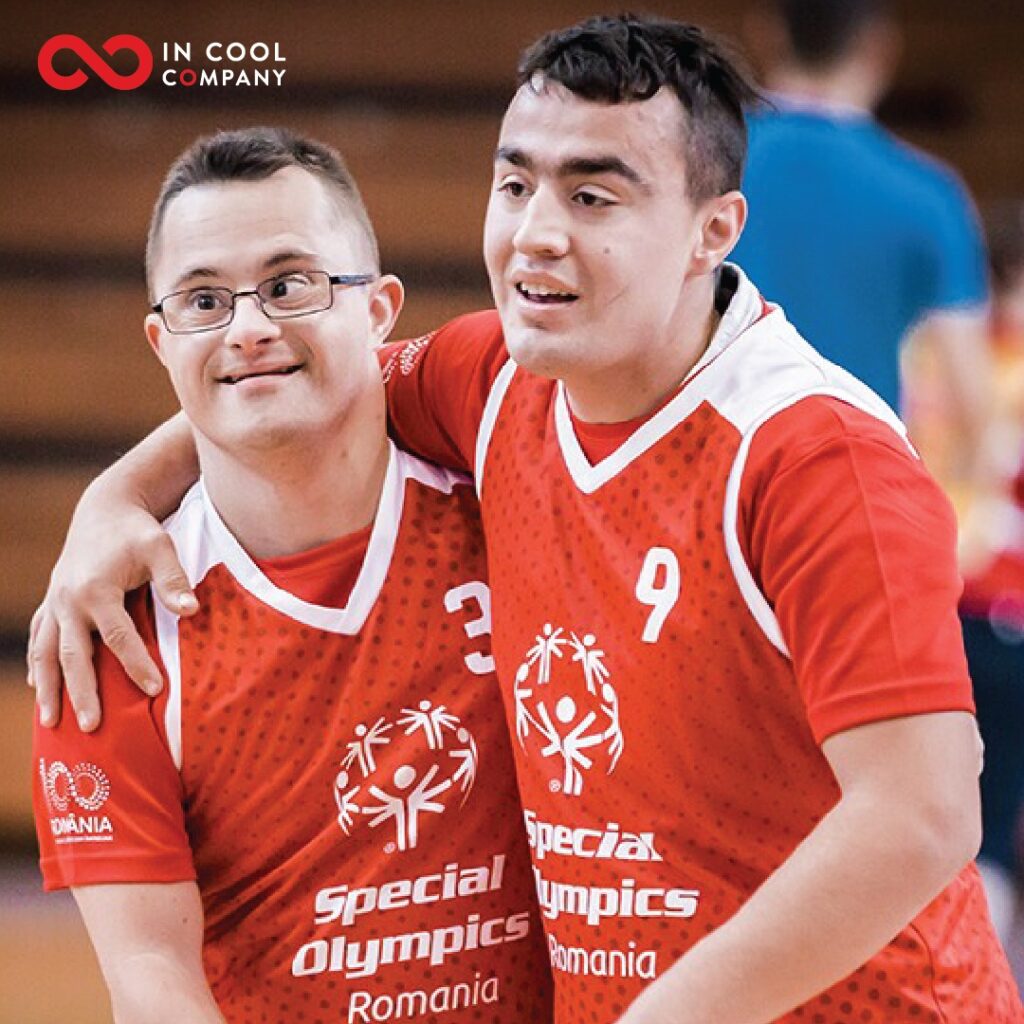
What is Collaboration?
The Five Pillars of High-Performance are Direction, Collaboration, Communication, Agility and Drive. When all Five Pillars are demonstrably strong in an organisation, we find that team members are highly motivated, innovation is in abundance, and productivity is optimised. We will review each pillar over the coming weeks.

Today’s Virtual Coach is focussed on High-Performance Pillar #2: Collaboration
Today’s Virtual Coach is focused on High-Performance Pillar #2: Collaboration
Collaboration: What should we pay attention to?
The Collaboration pillar focuses on team working and dynamics. And crucially, not simply our own team dynamics, but the strength of our relationships with and across other teams, internal and external to our organisation. We collect data by posing questions on:
- Is there evidence of inclusive team-working?
- How would you describe the cross-functional networking in your organisation?
- Do team members collaborate to optimise delivery?
- How would you describe the team dynamic?
Collaboration: As a Leader
Collaboration, as high-performance leader, means:
Ensuring consistent and inclusive sharing of information and resources, within your team and cross-functionally, to optimise delivery of your shared goals. Cross-fertilise ideas, build inter-team efficiencies, and look for transferable approaches to progress.
Why?
When you excel in collaboration as a leader, you build robust relationships based on trust and honesty, increasing engagement for your objectives, and reducing siloed practices.
Collaboration: A Case Example
When the Special Olympics World Games was held in Abu Dhabi in 2019, there were multiple teams involved in the event: 200 nations, over 7,000 athletes, 24 sports, 10 venues.
The core organising committee used a shared project-management tool to coordinate all teams, functions, and volunteers. They rolled it out across many dispersed teams, giving local autonomy (each sub-team could choose how best to use the tool) rather than imposing a single rigid process.
How teamwork optimised delivery
- Shared clarity of goal – Everyone, from volunteers to senior planners, understood what success looked like (the event, with all its moving parts, delivered well). This meant decisions were more aligned.
- Cross-team collaboration – Operational teams, logistics, volunteer management, venue ops etc all worked together through the tool. When issues arose (e.g. a catering shortfall or volunteer coordination), they could be flagged in real time and responded to.
- Flexibility + local ownership – By creating a platform environment for teams to use different views (Gantt, list, board) and choose how to organise their work, it reduced friction, increased buy-in, and allowed faster issue-resolution.
- Communication infrastructure – Having mobile access, shared issue-tracking, and transparent reporting meant that even with geographic dispersion across venues, people felt connected.
Collaboration in Action
Despite the scale and tight timeline (they delivered in under 2 years what often takes many more), the event was a huge success by any marker. Operational issues were caught early, corrected, and did not disrupt major parts of the event. Stakeholder feedback was positive, showing that efficient teamwork translated into quality delivery. The openness to collaborating and working together displayed by each team, led to optimised delivery of the wider event.
If you feel that your team would benefit from strengthening any aspect of ‘Collaboration’, get in touch with us today! You’re In Cool Company…






